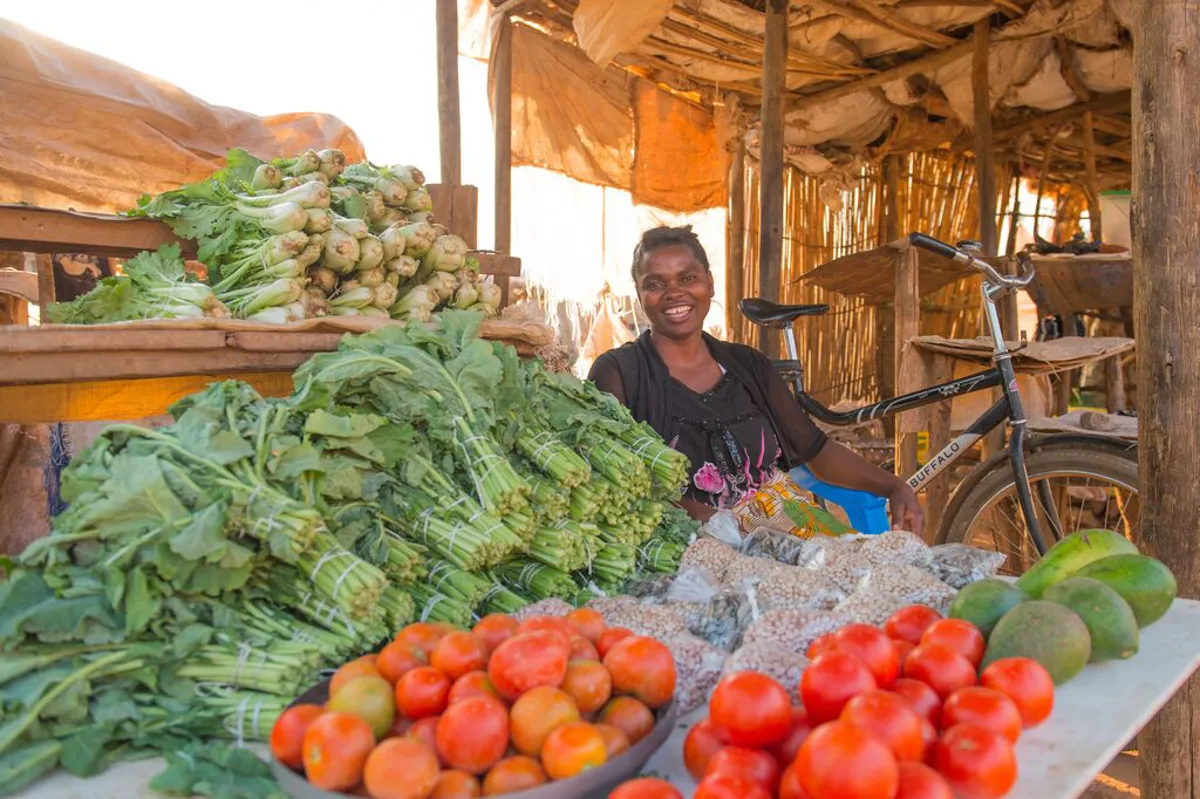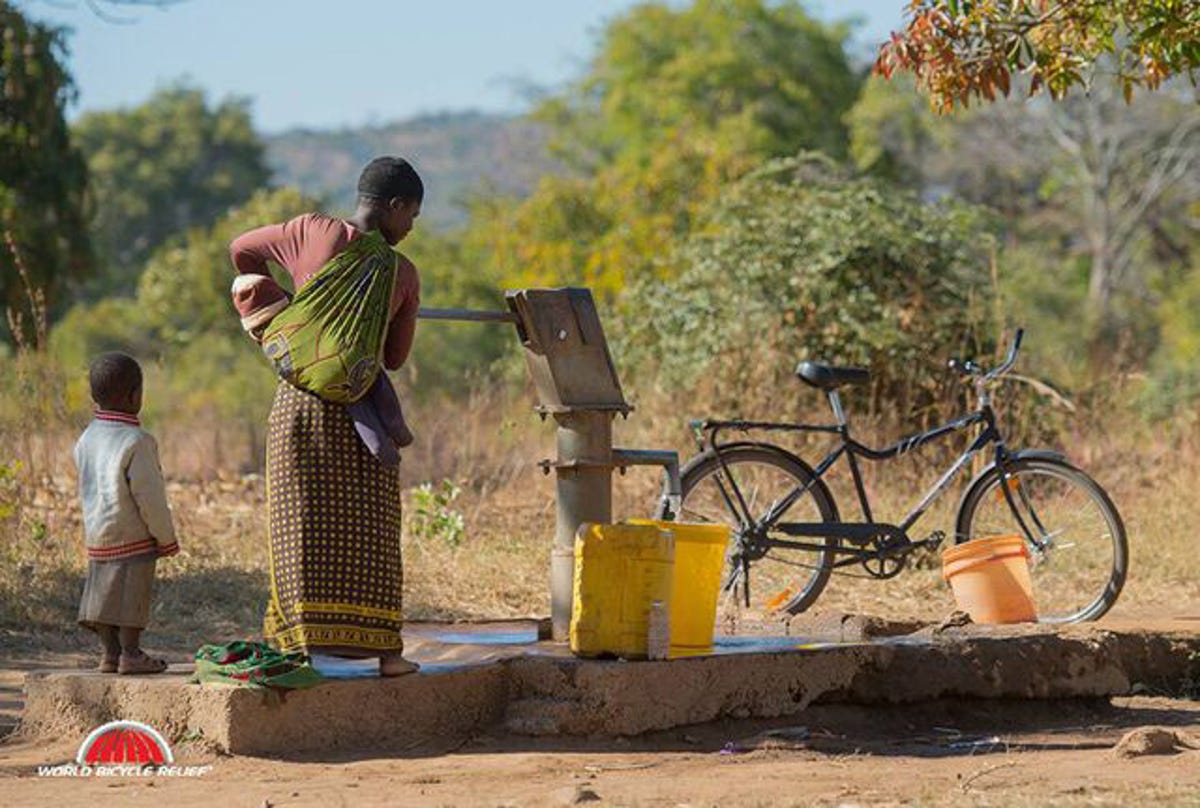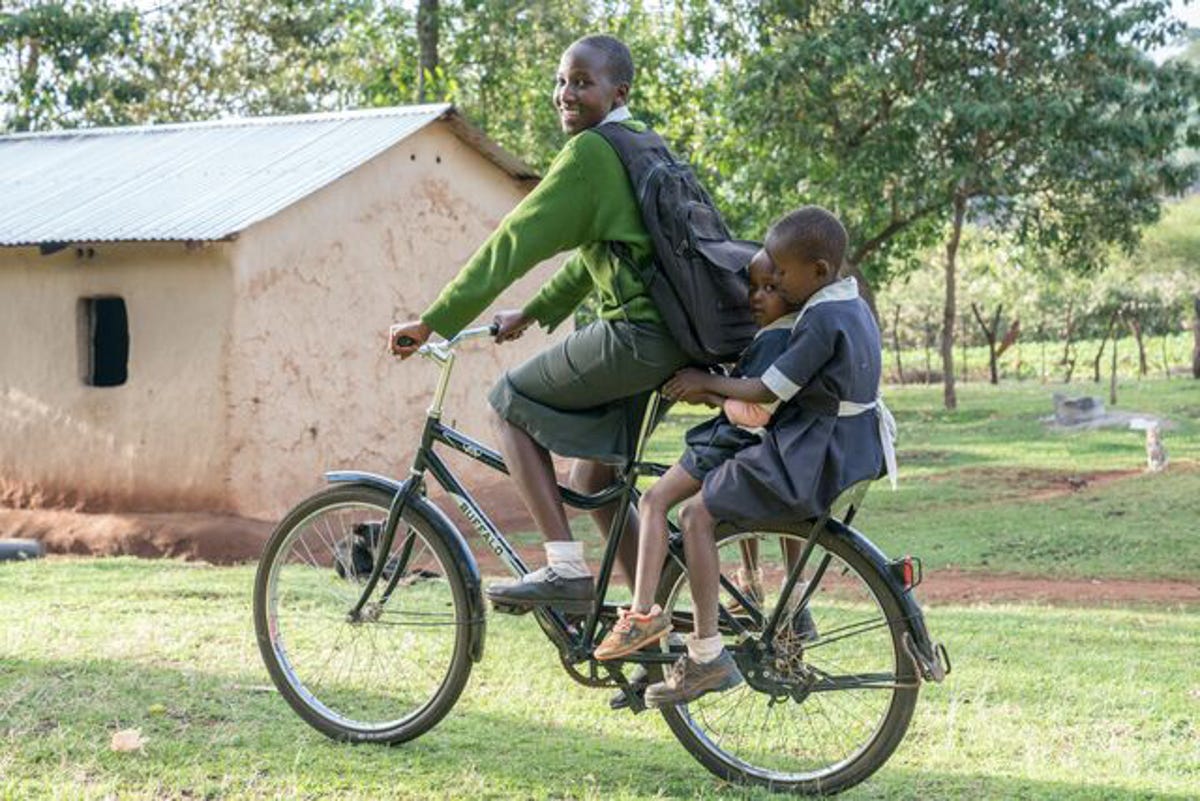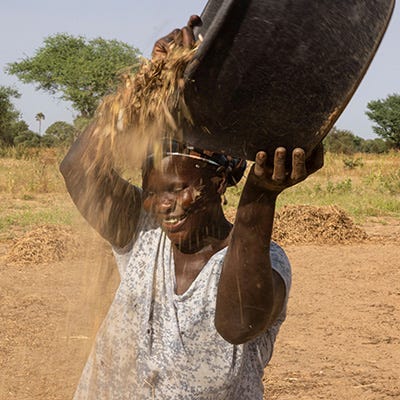2021-2026
Cycling out of poverty
© World Bicycle Relief
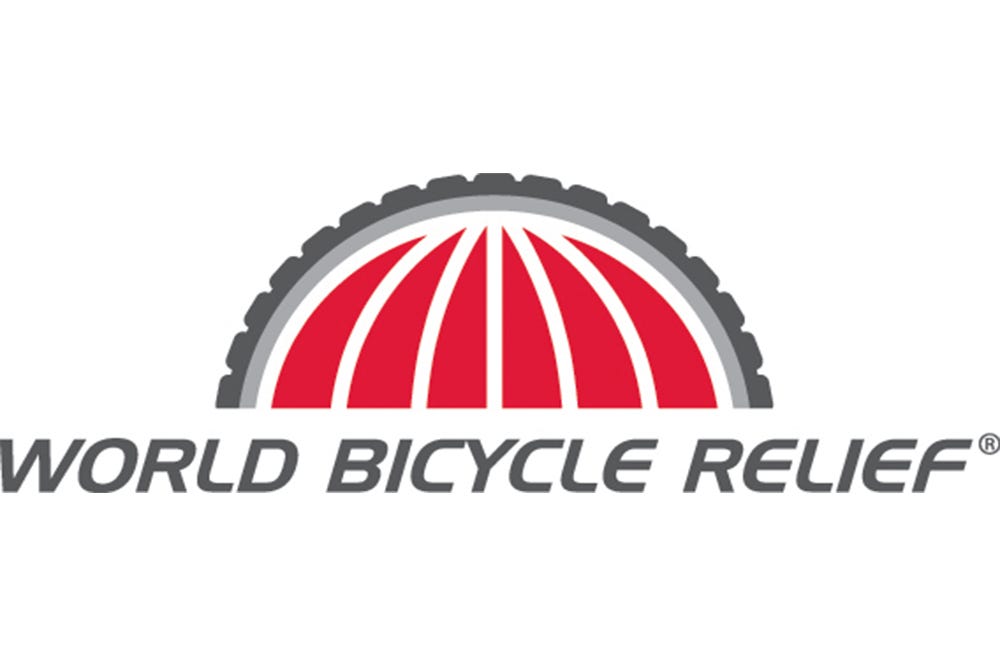
2021-2026
WORLD BICYCLE RELIEF
World Bicycle Relief is committed to helping people overcome the challenge of distance. Its hybrid model is based around providing bicycles to those who can’t afford them. This donation system is paired with social enterprise sales that create new economic opportunities and sustainable cycling ecosystems. In the last 18 years World Bicycle Relief has distributed more than 700,000 bicycles in 21 countries in Africa, Asia and Latin America, empowering over two million women, men, and children. In Zambia, where we fund World Bicycle Relief’s operations, they’ve provided more than 300,000 bicycles to date. They are used by 1.6 million people, driving a profound transformation in rural transport that has increased household incomes and access to vital services (data up until 2024).
CHALLENGE
© Cartier Philanthropy / Cyril Le Tourneur
ACTION
World Bicycle Relief provides specifically designed, locally assembled robust bicycles called Buffalo Bicycles to students, healthcare workers and farmers. Bicycles allow them to go to school or reach patients faster, transport more goods to earn a bigger income, or simply travel around their communities more effectively.
World Bicycle Relief is working with rural communities in Zambia to create a sustainable bicycle ecosystem. This includes setting up local assembly and distribution facility teams, training field mechanics to service bicycles and establishing social enterprise retail shops to ensure the availability of quality spare parts and repairs.
World Bicycle Relief aims to distribute an additional 90,000 bicycles to rural Zambians by 2026.
increase in monthly income
among families who have received a bicycle
increase in healthcare access
when needed among families who have received a bicycle

